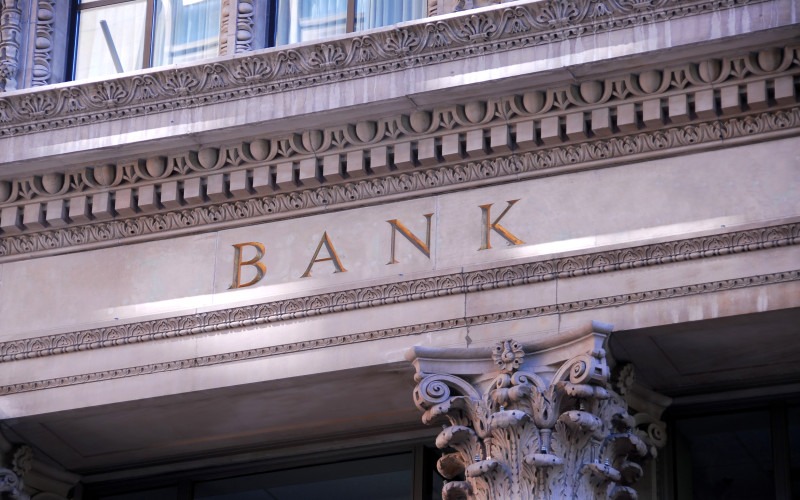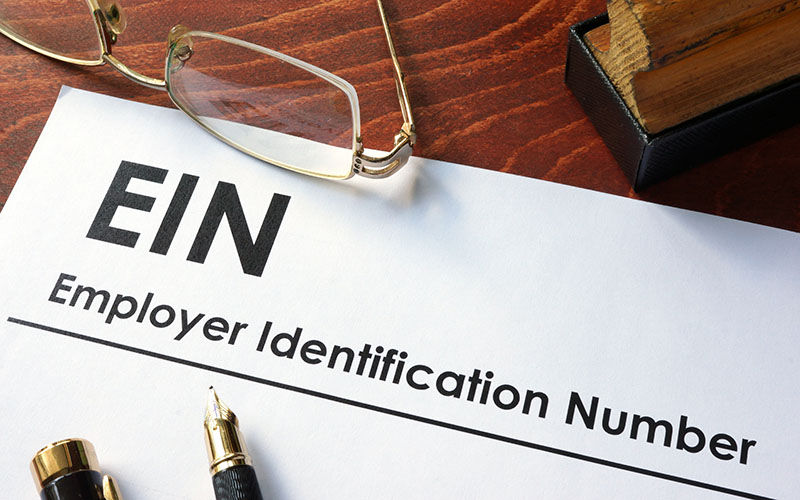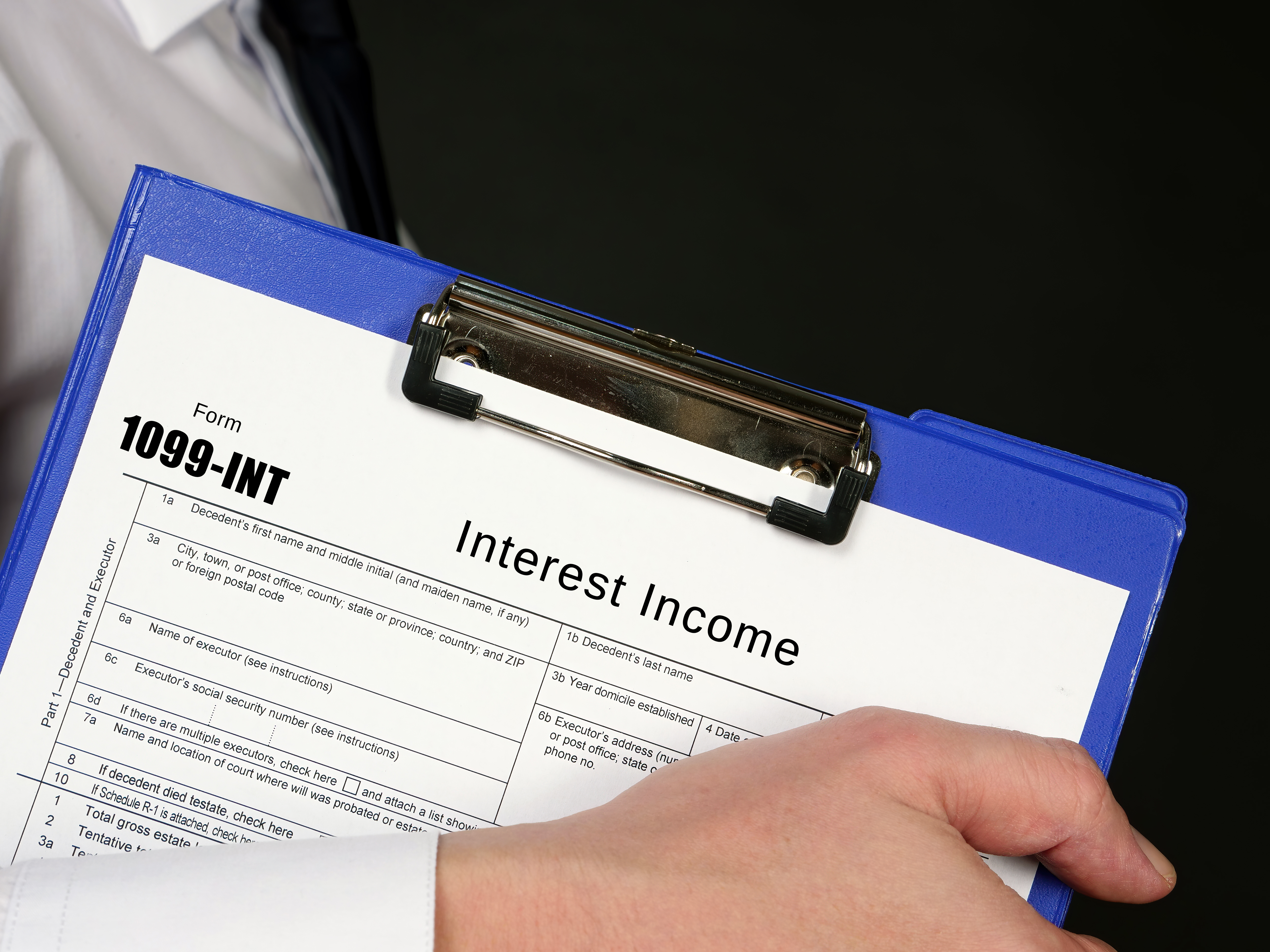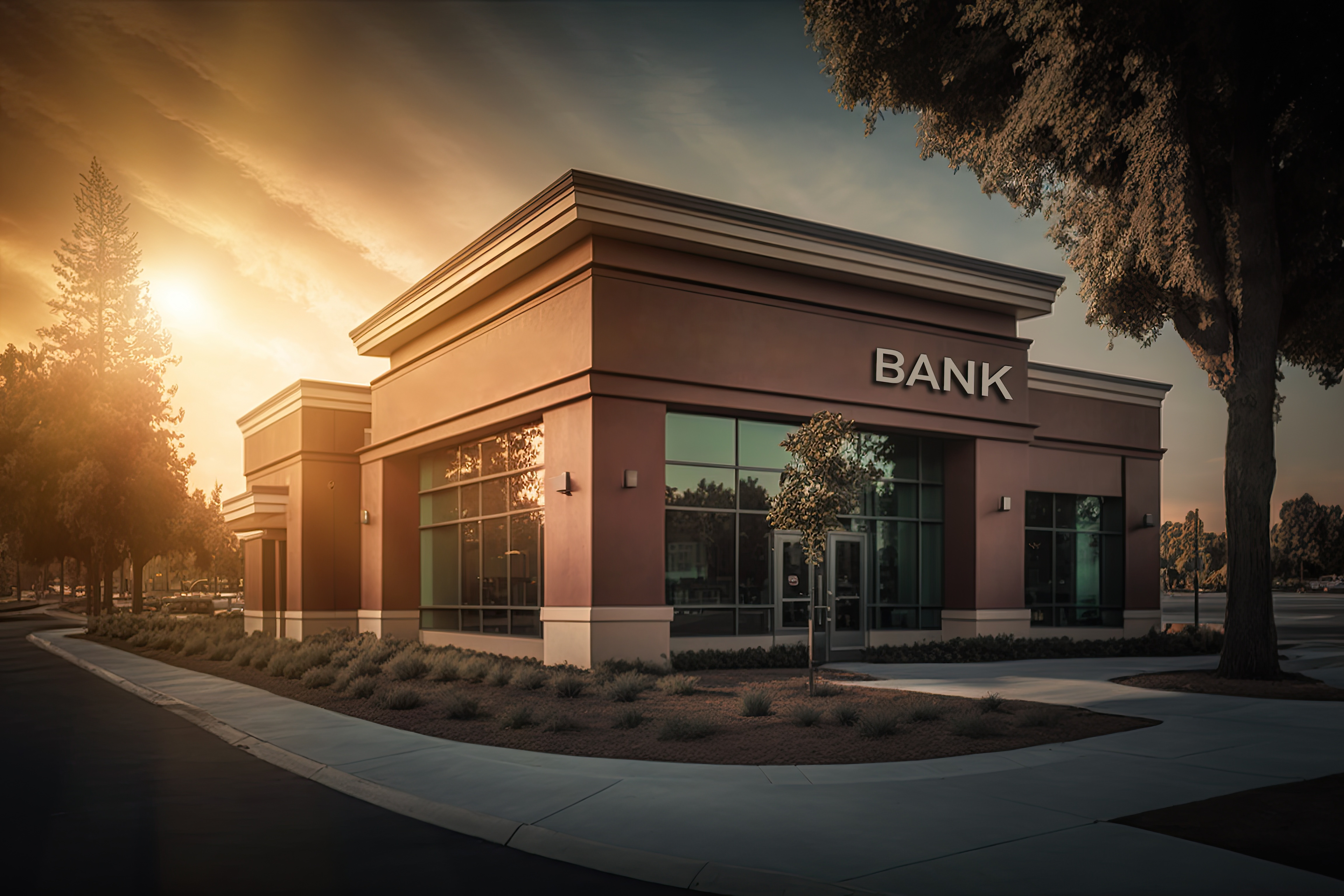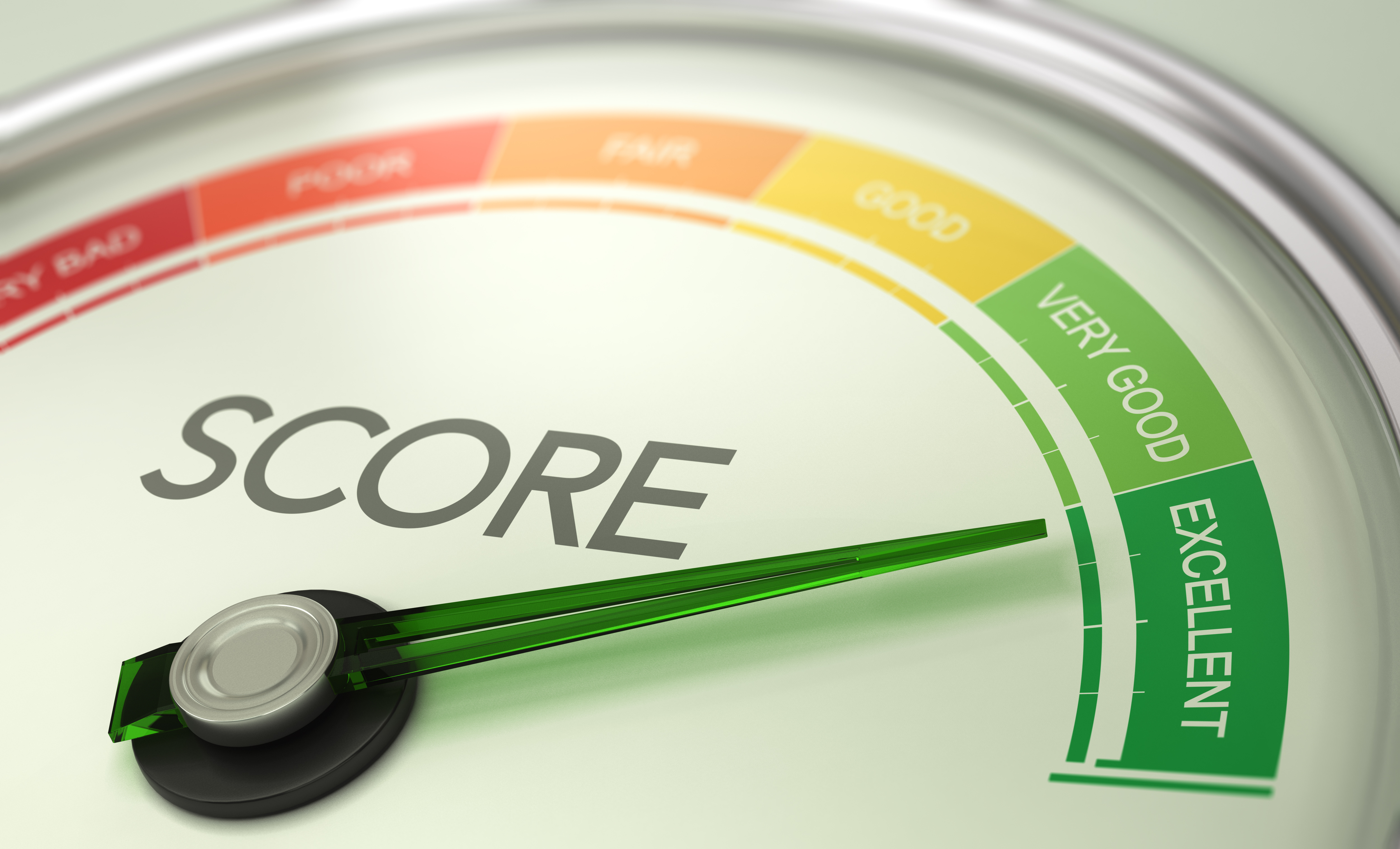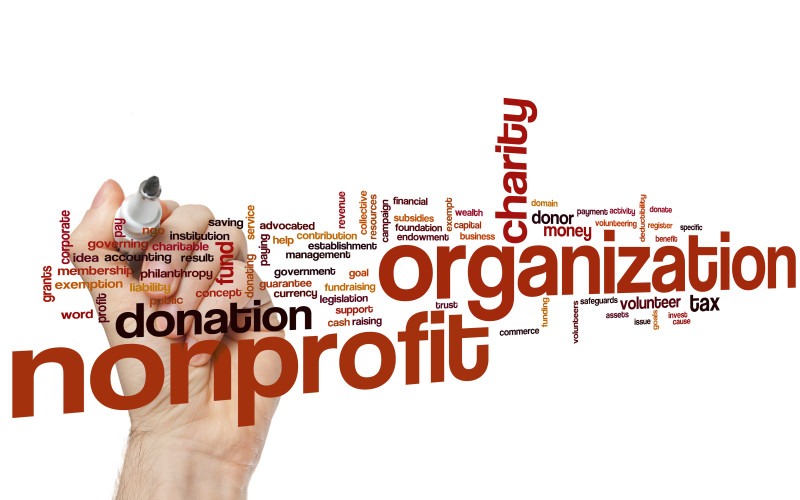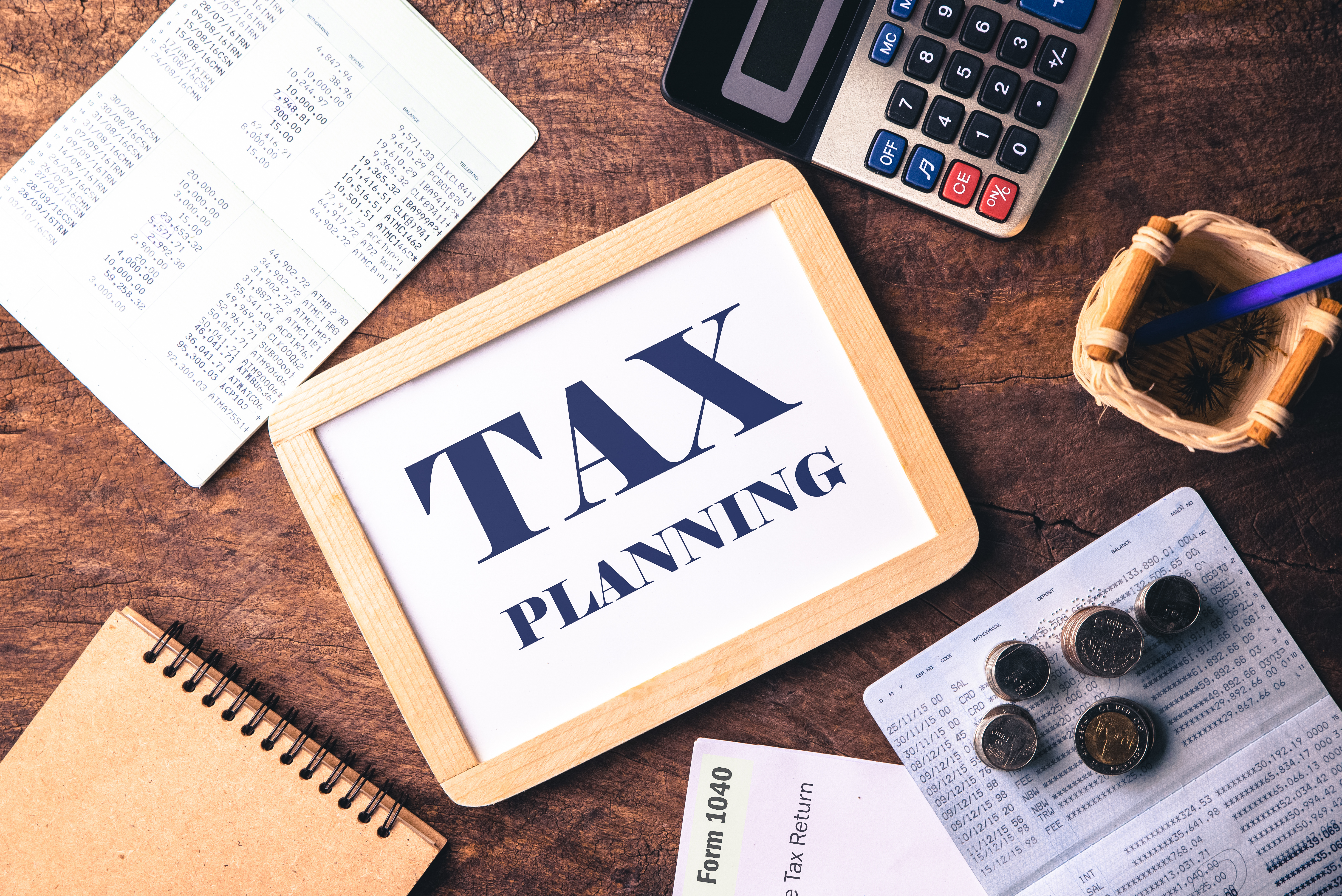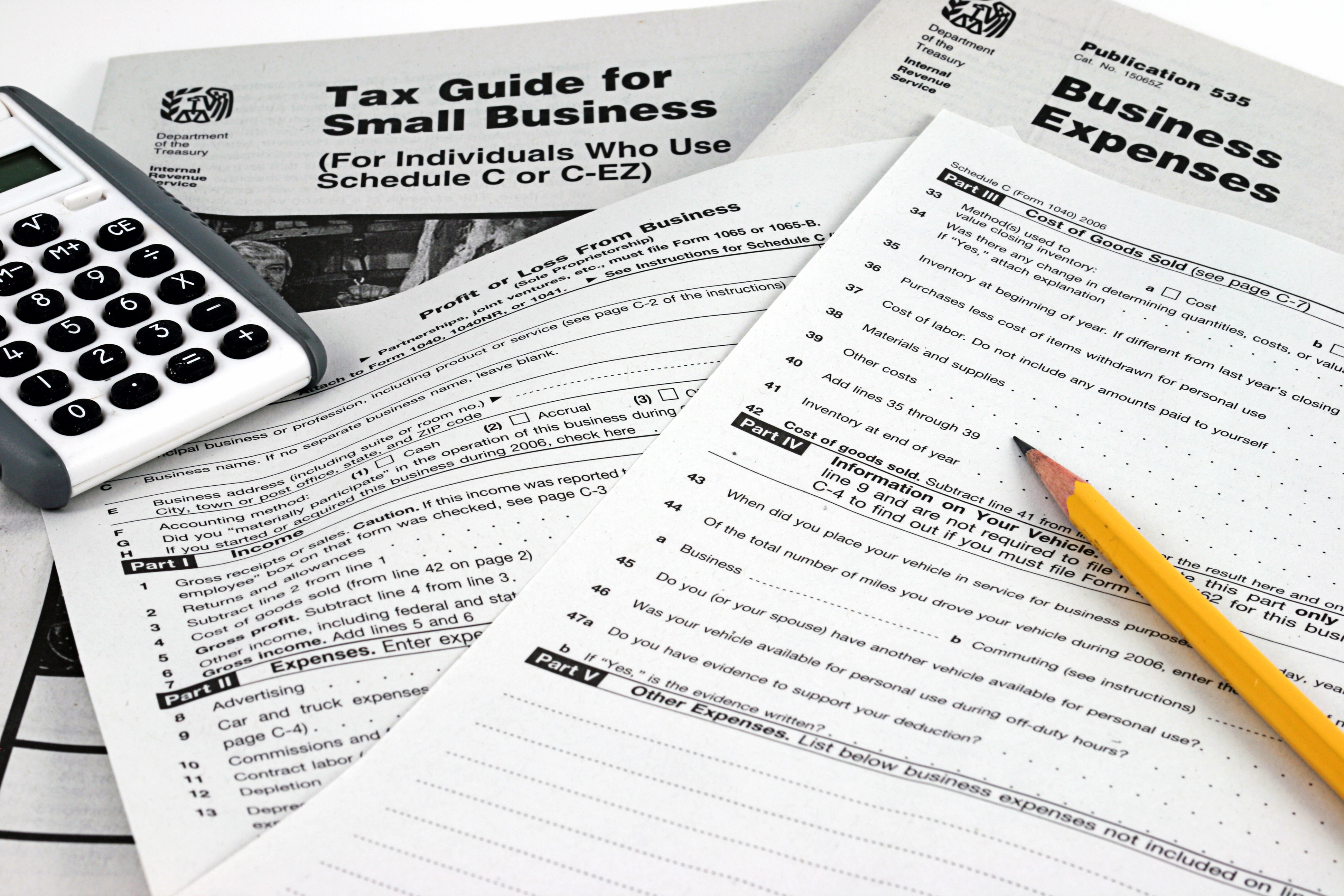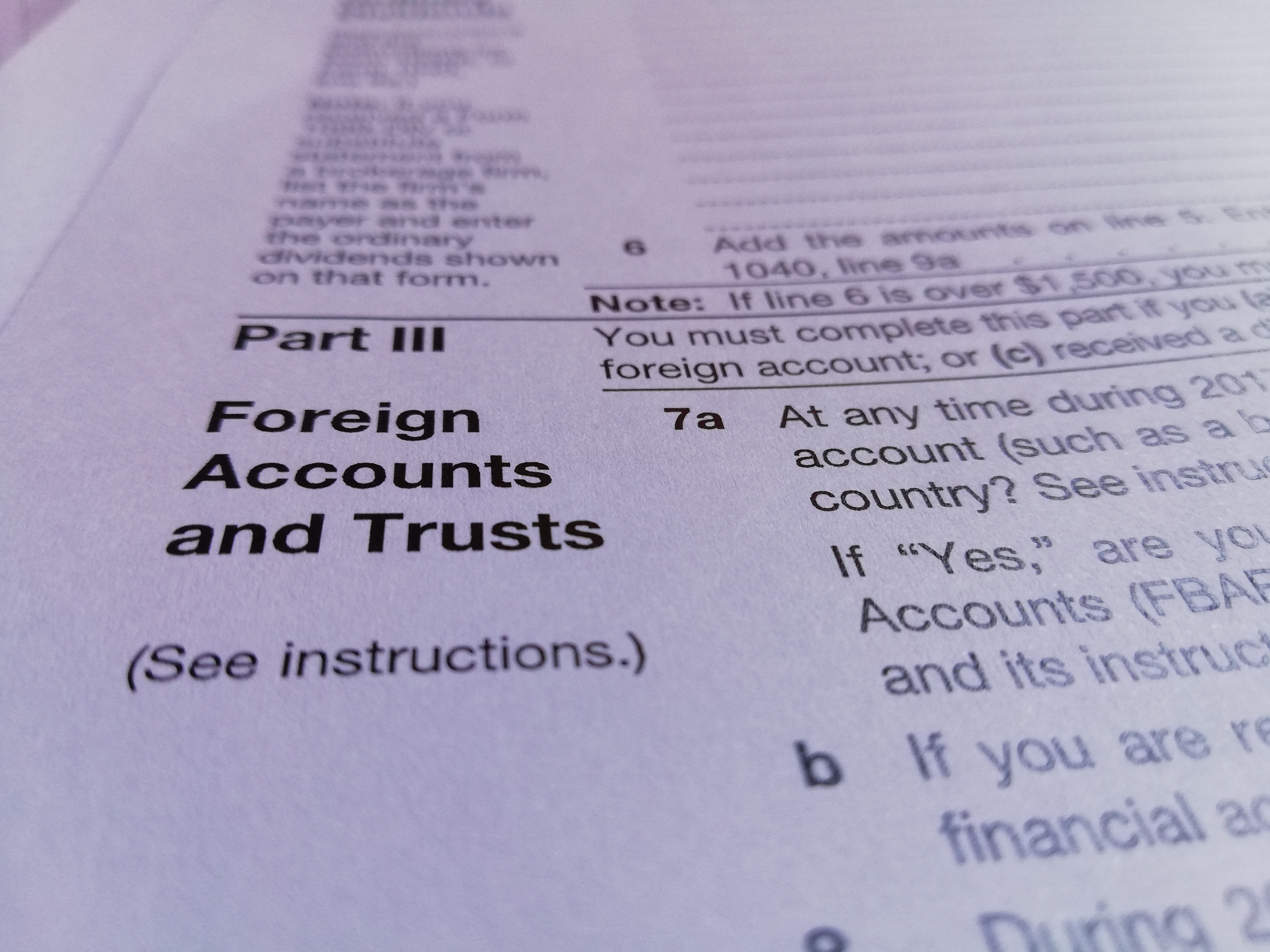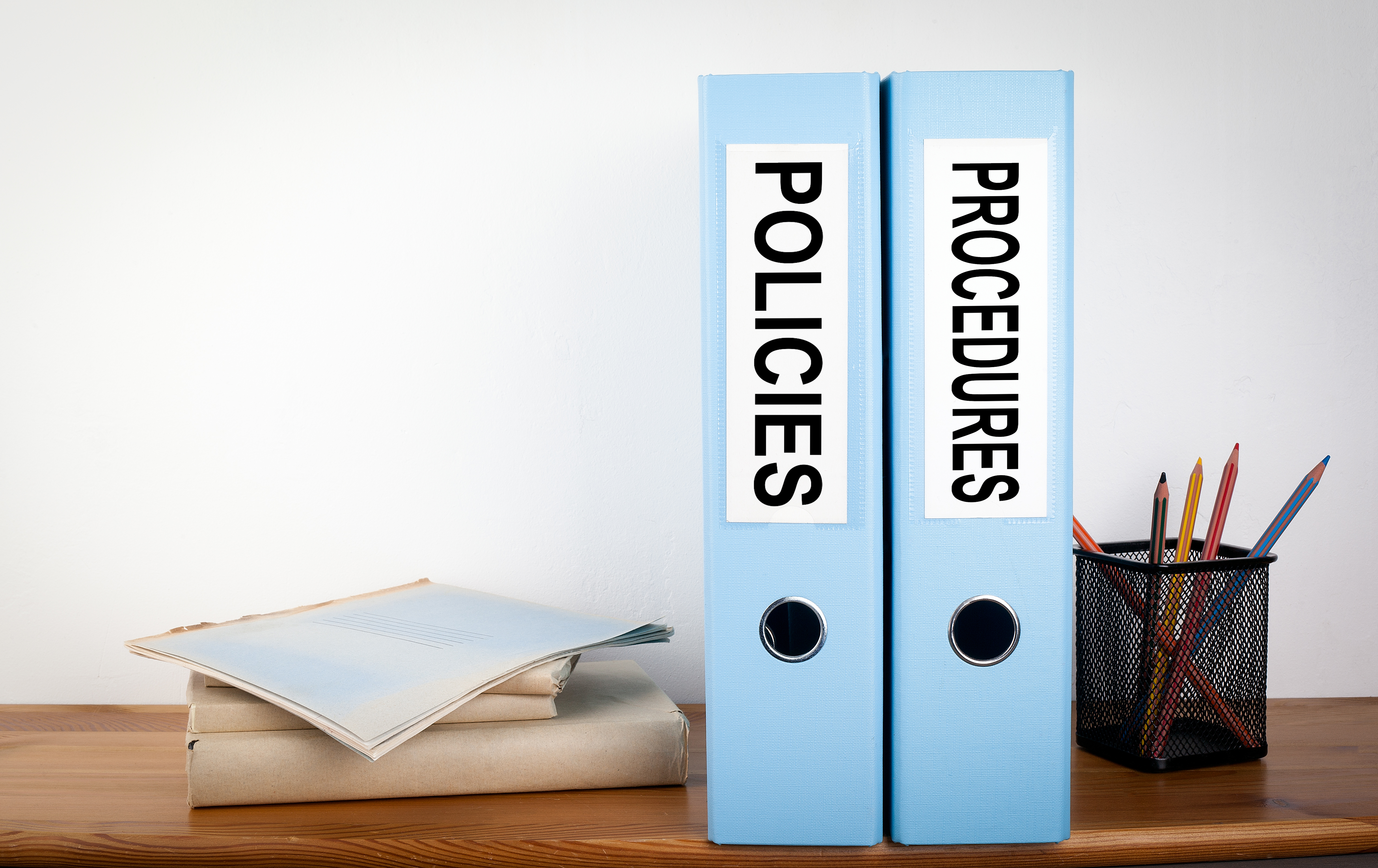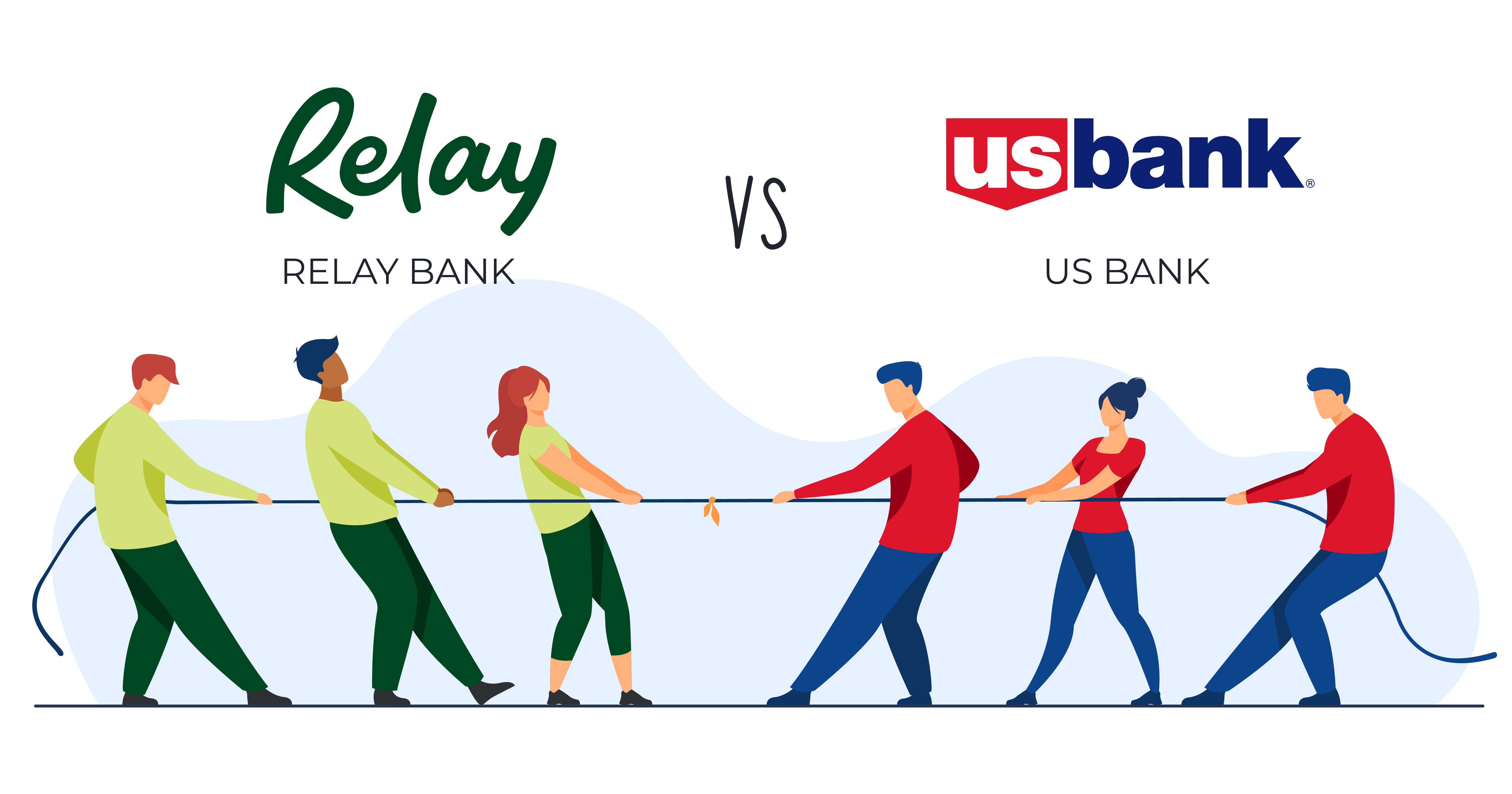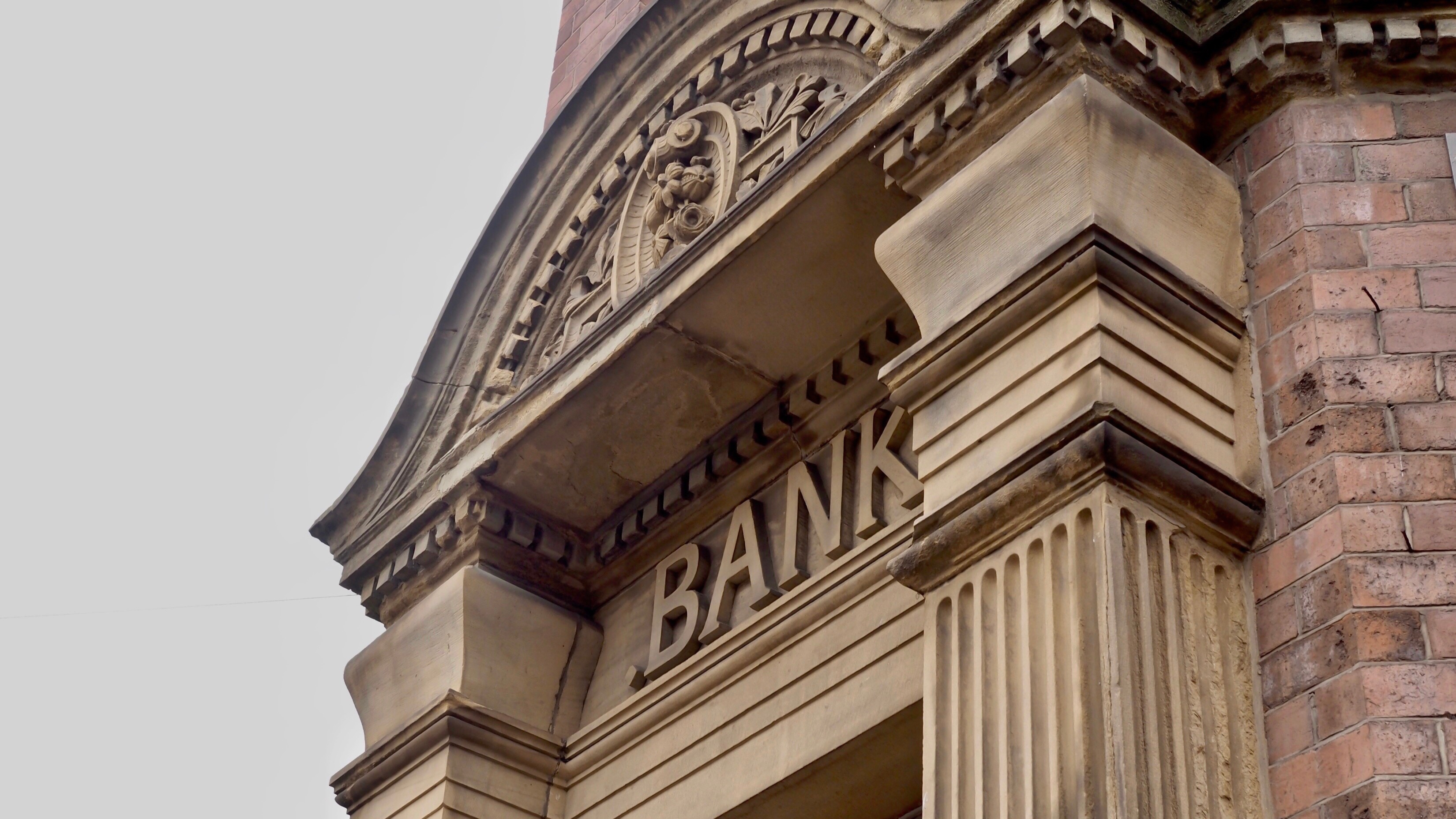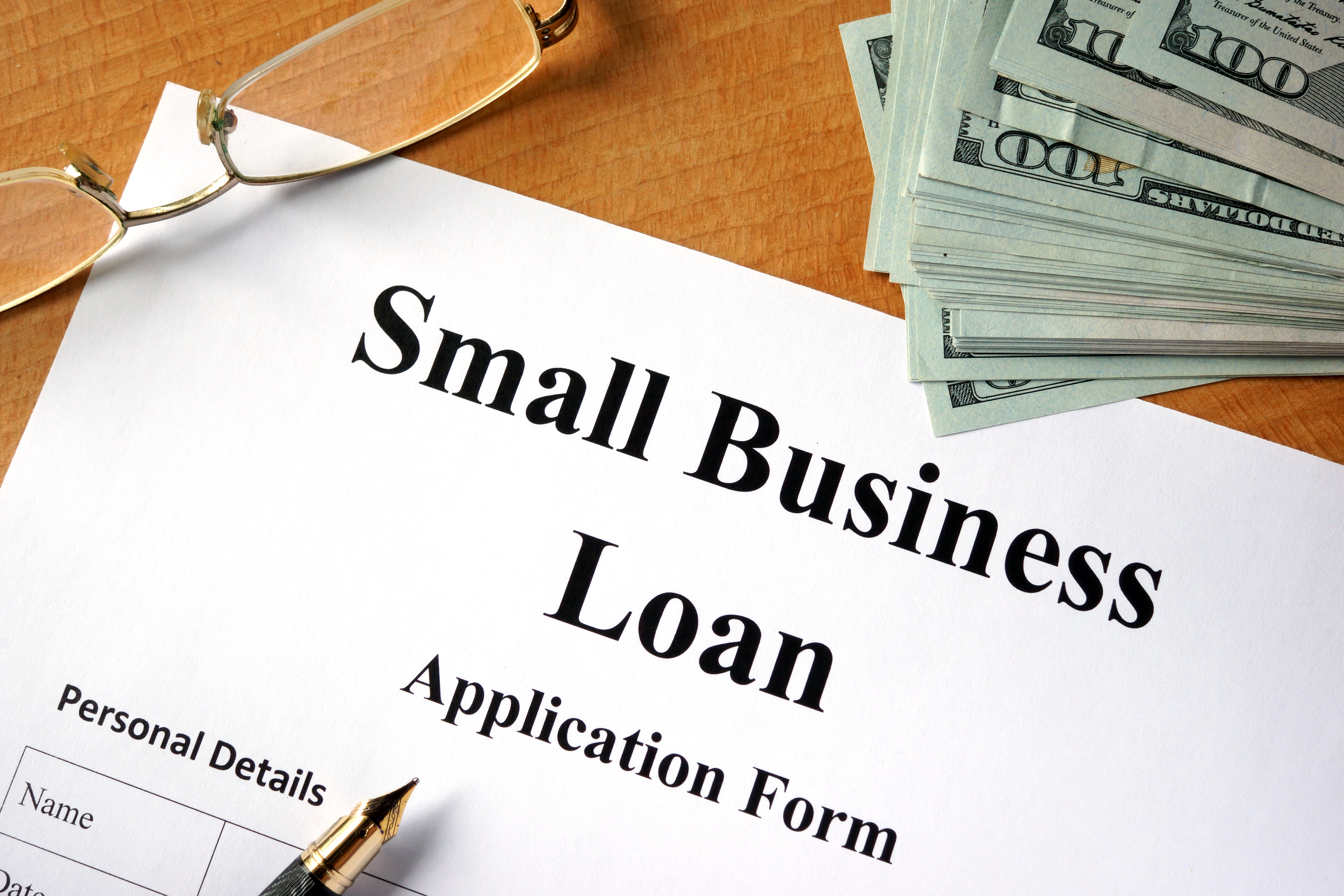25 Best U.S. Metros to Start a Small Business in High-Growth Sectors
Key Takeaways
- Explore top U.S. locations for starting and growing small businesses, highlighting geographic benefits
- Austin leads as the best city for small businesses in Arts and Entertainment, followed by Provo, Raleigh, Salt Lake City, and Boise City
- Florida, Utah, Texas, and North Carolina are top states for small businesses, with multiple cities in the top 25
- Review factors affecting metro areas' suitability for small businesses, such as unemployment, GDP, business creation, tax climate, and population growth

Launching a small business from anywhere is easier than ever in the era of remote work. While launching is one thing, sustaining success is another — location and resources are key.
Everyone has heard the stats before about small biz failures, but they bear repeating. Statistics show that two-thirds of new businesses survive the first two years, a promising stat. But after a decade that number falls dramatically, with only a third of small businesses remaining open (SBA).
The more resources a small business owner has, the better chances they have to succeed. This is why, despite the overall shift to a remote-centric world, geographic location matters more than ever for a small business’s long-term success.
So, we wanted to know: Where in America can small business owners really thrive, for years to come?
To find out, we examined the nation's top metropolitan areas across numerous factors that make a metro area superior (or inferior) for small businesses and uncovered which sectors are going to offer the biggest opportunities for small business success in the next decade.
3-5 Big Takeaways:
- #1 Austin, Texas is the top city to start a small business in America in the top 5 sectors, but especially in these sectors: Arts, Entertainment, and Recreation AND Information Services.
- #2 Provo (UT), #3 Raleigh (NC), #4 Salt Lake City (UT), and #5 Boise City (ID), round out the top 5.
- Best states for small businesses? 6 Florida cities land in the top 25. While Utah, Texas, and North Carolina each boast 3 cities in the top 25.
- Feast or famine for Texas small businesses: While 3 of The Lone Star State’s cities are some of the best (Austin, Dallas, and Houston), two are at the bottom of the list: El Paso and, at dead last, McAllen.
- Not in the Northeast, unless it’s in Harrisburg, PA. Only Harrisburg can claim itself as a Northeastern metro area to rank in our top 25. While New York City may be known as a place where dreams come true, for small businesses in high-growth sectors, the city ranked 71st overall — in part thanks to having the worst business tax climate in the nation.
Best Metro Areas for Small Businesses in 2023
Having access to ample resources is vital when launching a small business, which is why choosing the right location is so important.
Our analysis examines 100 of the nation's top metros, examining unemployment rates, population growth, GDP per capita, new business creation, and business tax climate.
Each of these factors is critical for entrepreneurs. For example, a robust population growth shows that the area has a deep pool of employee talent. For business tax climate, metro areas with less onerous tax rules simplify things for entrepreneurs and reduce their tax burdens. The biggest takeaways are:
Bigger isn’t always better: Some of the best MSAs for small businesses in the nation are also smaller and mid-level. The only metro area with a population of more than 3 million in the top 10 was Dallas. Several big-ticket cities like New York, Chicago, and Washington, D.C. fared poorly. This is partly because many of these big cities are facing declines in population growth and have high tax burdens.
(Nearly) tax-free in Florida: A stunning 9 of the top 10 most business tax-friendly MSAs in America are in the Sunshine State. Florida’s super-tax-friendly status and minimal small business regulations make it one of the best states to launch a small company, whether you’re in Orlando, Miami, or Fort Myers. The only businesses that pay state income taxes in Florida are traditional corporations, which very few small businesses start off as.
Room to grow: A robust growth in population doesn’t always correlate to a better environment for small business, but it certainly helps. Many of the MSAs that ranked high, such as Boise City, Idaho, and Provo, Utah, also saw big increases in new residents between 2020 and 2021. Most of these areas were also smaller and mid-level, indicating that there’s room to grow and they are desirable places to live.
Higher interest rates and a tougher economic environment may make it harder to launch a company in 2023. But there’s still plenty of opportunities, especially if you’re in a metro area that has the resources available. Let’s take a closer look at the top 5 metro areas for small businesses and the reasoning behind their success.
#1 Austin-Round Rock-Georgetown, TX
MSA Population: 2,352,426 MSA GDP per capita: $71,601 New Business Creation Score: 9.8 Business Tax Climate Score: 7.1 2020-2021 Population Change Rank: 6
There are so many reasons why Austin is the best place to start a small business that it would require another article to explain them all. But let’s put it this way: Austin is a fast-growing city with a diverse economy and a population within peak working years (18 to 44 years old) that’s 7% higher than the national average. Austin is a cultural mecca filled with live music and nightlife that attracts talented young professionals and sparks creative ideas.
#2 Provo-Orem, UT
MSA Population: 697,141 MSA GDP per capita: $45,719 New Business Creation Score: 9.61 Business Tax Climate Score: 9.0 2020-2021 Population Change Rank: 3
Utah’s second-largest metro area regularly ranks as a top place for entrepreneurs for a good reason. Provo is an attractive place to live, with a tight-knit community, beautiful outdoor scenery, and the host of the Sundance Film Festival. Nearby Brigham Young University supplies a steady pipeline of small business talent, particularly for tech startups.
#3 Raleigh-Cary, NC
MSA Population: 1,448,411 MSA GDP per capita: $65,813 New Business Creation Score: 8.9 Business Tax Climate Score: 8.3 2020-2021 Population Change Rank: 8
Combined with Durham and Chapel Hill, Raleigh forms the “Research Triangle,” which is why it’s one of the prime U.S. destinations for small businesses. The Research Triangle gets its name from a cluster of three elite research universities located just minutes apart - North Carolina State, Duke, and the University of North Carolina at Chapel Hill. Along with a growing population and low corporate tax rate, it’s a fertile ground for innovation.
#4 Salt Lake City, UT
MSA Population: 1,263,061 MSA GDP per capita: $82,271 New Business Creation Score: 8.7 Business Tax Climate Score: 9.0 2020-2021 Population Change Rank: 51
Once known as the crossroads of the west, Salt Lake City is becoming a destination in its own right to a growing number of entrepreneurs. Like #2-ranked Provo, Salt Lake City is home to a thriving tech startup ecosystem and numerous venture capitalists. But it’s not just tech startups that thrive in Salt Lake City - minimal business regulations and a young, talented labor force make it a great area to start any type of business.
#5 Boise City, ID
MSA Population: 795,268 MSA GDP per capita: $47,693 New Business Creation Score: 9.9 Business Tax Climate Score: 6.7 2020-2021 Population Change Rank: 1
Inexpensive land, an abundance of labor talent, and a low cost of living are all reasons Boise City is a surprisingly great place to do business. The metro area is one of the fastest growing in the nation, with a strong tech market and an education hub featuring a public college, a private college, and two community colleges.
Worst Metro Areas for Small Businesses in 2023
While some U.S. metro areas are incubators for small businesses, others are struggling.
Metro areas with higher rates of unemployment, lower GDP per capita, and generally sluggish economies are obviously not dynamic cities to launch a business.
What we found is not entirely surprising, but bears a closer look:
Not enough capital: Many of the metro areas at the bottom of the ranking also have the highest poverty rates in the nation. Southern border towns like McAllen and El Paso, Texas, have notoriously high rates of income inequality - not an ideal environment for launching a small business and supporting consumer spending.
Brain drain: Lack of educational attainment correlates closely with lower GDP per capita and higher poverty rates, and this was especially the case for metro areas ranked at the bottom. A smaller percentage of residents without college or high school degrees makes it infinitely more challenging to access the capital necessary to launch a business.
Stagnant growth: Not all metro areas at the bottom of our rankings have seen population declines, but most were either neutral or negative. For example, the population in Akron, Ohio, slightly dipped 0.2% between 2020 and 2021. Combined with a stubbornly high unemployment rate and more small businesses failing than being created, it was enough to push Akron to the lower tier.
Rebuilding city economies is a complex, multi-pronged process that takes years, and many of the cities listed below unfortunately have their work cut out for them.
#1 McAllen-Edinburg-Mission, TX
MSA Population: 880,356 MSA GDP per capita: $26,022 New Business Creation Score: 2.7 Business Tax Climate Score: 7.1 2020-2021 Population Change Rank: 25
Deep in South Texas on the Mexican border, the McAllen metro area has one of the nation’s highest poverty rates at 29.3%. While there are some opportunities in health services, logistics, and retail, a population that’s poorer and less educated than the Texas average has severely limited the area’s ability to attract investment.
#2 Springfield, MA
MSA Population: 695,305 MSA GDP per capita: $49,349 New Business Creation Score: 2.5 Business Tax Climate Score: 2.9 2020-2021 Population Change Rank: 84
Springfield is the third-largest city in Massachusetts and is in the midst of rebuilding after a protracted economic decline that started in the second half of the 20th century. Stagnant population growth, a low GDP per capita, and a relatively onerous tax environment have made Springfield a tough place to launch a business.
#3 Scranton-Wilkes-Barre, PA
MSA Population: 567,750 MSA GDP per capita: $48,264 New Business Creation Score: 2.42 Business Tax Climate Score: 3.0 2020-2021 Population Change Rank: 56
The hometown of President Biden is similar to the Springfield, MA, area in that it’s another former heavy industrial hub in the midst of revitalization. Scranton’s city government almost went bankrupt in 2012, though it has since stabilized. The area’s economy is slowly coming to life, but with more businesses failing than being created, it’s evident there’s still a lot of work to be done.
#4 El Paso, TX
MSA Population: 871,324 MSA GDP per capita: $39,156 New Business Creation Score: 5.9 Business Tax Climate Score: 7.7 2020-2021 Population Change Rank: 55
El Paso is another Texas border town at the bottom of the rankings, three spots ahead of #1 McAllen. There are many positive aspects to living and working in El Paso, but like McAllen, a less educated population and a concentration of low-paying industry sectors put a drag on the local economy. El Paso’s economy is also heavily reliant on immigration, international trade with Mexico and the shifting sands of U.S. trade policy, making investment in the area riskier.
#5 Akron, OH
MSA Population: 700,015 MSA GDP per capita: $52,941 New Business Creation Score: 1.7 Business Tax Climate Score: 2.7 2020-2021 Population Change Rank: 75
Akron is like many Rust Belt towns trying to reinvent itself in the new digital economy. LeBron James grew up here, so we know entrepreneurs can come from Akron, but that doesn’t necessarily mean it’s a great place to launch a small business. LeBron infamously fled for Miami at one point in his career, after all. Akron also had the third-worst new business creation score among the metro areas we studied.
The #1 Best Metro Area in Each of the 5 Fastest-Growing Sectors of the Next Decade
When starting a small business, it’s also wise to know which sectors are growing the fastest. We examined the five fastest-growing sectors in the U.S. in 2023 according to Bureau of Economic Analysis data and determined which metro areas are the best for each sector, including arts and entertainment and healthcare and social assistance.
Austin is the place to be: Along with ranking number 1 overall for small businesses, Austin ranked in the top 5 for all 5 fastest-growing sectors that we tracked. Austin ranked #1 for arts and entertainment and information technology, a testament to the vibrant economy in this progressive haven in the Lone Star State.
Health biz is booming in FLA: Seven of the top 25 metro areas best for healthcare and social assistance small businesses were located in Florida, including Sarasota, Miami, and Fort Myers. Florida has the second-largest percentage of residents over 65, behind only Maine, so this makes the Sunshine State a prime destination for healthcare entrepreneurs.
Off-Broadway: You may think of a place like New York City when it comes to arts and entertainment. But according to our rankings, NYC isn’t where you want to be if you’d like to launch an arts small business. New York City ranked #62 for arts and entertainment small businesses, behind metro areas like Baltimore, Oklahoma City, and Knoxville, Tennessee. It goes to show that you don’t have to go to Broadway to make a decent living as a creative/artistic entrepreneur.
If you’re looking to capitalize on the fastest-growing American sectors, the following metro areas are a good place to start. Austin, Texas, is a hot spot for the fastest-growing sectors, but there are plenty of other places where entrepreneurs can shine.
#1 Austin, Texas: Arts, Entertainment, and Recreation
Given that Austin is the yearly host of the celebrated South by Southwest conference, it’s not very surprising they ranked as the top metro area to start an arts and entertainment small business.
Austin ranked #1 overall for all small business purposes, but its thriving arts and culture scene is especially celebrated. Austin’s motto is to “stay weird,” and that quirky sense of pride draws the types of creative folks that arts entrepreneurs need.
#1 Sarasota, Florida: Healthcare and Social Assistance
As we mentioned above, Florida is a top destination for healthcare entrepreneurs because of the fact the state has many retirees and an older-than-average population.
The North Port-Sarasota-Bradenton metro area, in particular, is one place that a healthcare and social assistance business can thrive. Sarasota County is home to four hospitals, including one (Sarasota Memorial Hospital) that has been ranked one of the best in the nation.
#1 Austin, Texas: Information Services
You don’t necessarily need to go to Silicon Valley anymore to start an information and tech small business.
There are many emerging tech cities nationwide and, according to our rankings, Austin, Texas, leads the pack in this, too. Many have noted that Austin is becoming a city of tech unicorns and giants, and the numbers back it up. Venture capitalists invested more than $5.5 billion across 412 deals in Austin in 2021, more than double that of 2020.
#1 Los Angeles, California: Administrative, Support, Waste, & Remediation Services
You may think of Hollywood and glitz and glamor when thinking of Los Angeles, but there are plenty of opportunities for blue-collar professionals, too. And more than you would think.
The U.S. Census Bureau NAICS code for Administration and Support and Waste Management and Remediation Services includes occupations like janitors and landscapers. And according to our rankings, LA is surprisingly the best city to start a business in this industry sector.
#1 Dallas, Texas: Management of Companies and Enterprises
The U.S. Census Bureau NAICS code for Management of Companies and Enterprises includes many professional-managerial occupations, including in finance and accounting. This is the bread and butter of the Dallas metro area’s economy. Some of the area’s largest employers are major banks like JPMorgan Chase and Bank of America.
Launching a management of companies and enterprises small business here would be wise considering all the networking opportunities that are available.
Conclusion
2023 is shaping up to be a challenging year for small businesses. Worries about inflation are still running high, and many small business owners still say job openings have been hard to fill. The biggest concern of all is a potential recession, which could limit cash flow, reduce sales, and make it harder to access credit.
Despite these concerns, there’s plenty of opportunities out there for entrepreneurs - especially if they’re located in the right geographic region. Small business owners in cities like Provo, Utah, Salt Lake City, and Austin, Texas, may find it easier to launch a successful enterprise thanks to friendlier tax environments, deeper talent pools, and minimal regulations.
If you’re looking to start a small business, the top cities we listed above may be your best bet. Whether it’s in the Research Triangle of Raleigh, North Carolina, or the unsuspecting Midwestern business haven of Boise City, Idaho, the right location for a small business can make all the difference.
Methodology and Sources
To find the best metro areas for rapid small business growth across America we analyzed 100 of the top metropolitan regions across 5 key categories and a total of 10 factors:
**Unemployment Rate: **MSA Unemployment Rate (December 2022). U.S. Bureau of Labor Statistics
**Growth Rate: **Metropolitan Statistical Area population (2021 Estimates). Census
**Metropolitan GDP: **MSA GDP (2020). Bureau of Economic Analysis
New Business Success Rate: An average score of the following 2 factors —
- New Business Creation: a ratio of new business establishments to number of business establishment exits (2020). Census
- State Business Tax Climate (2023): Tax Foundation
Fastest Growing (Industry) Sectors: We ranked each MSA on growth output projections for each of the 5 fastest-growing service sectors of the coming decade (2021-2031). U.S. Bureau of Labor Statistics.
To determine the small business outlook for each metro in overall high-growth sectors, we looked at the following two factors:
- The raw number of small businesses (less than 500 employees) in that sector. Census
- The density of small businesses in that sector as a percentage of total small business in that metro area. Census
Metros with the highest average score of the two factors indicated better small business outlooks in the sector. For the cumulative scoring, we took an average across all five sectors.
The top 5 fastest-growing service sectors for 2021-2031 (BLS):
- Arts, entertainment, and recreation (Compound Annual Rate of Change, 2021-2031: 3.7)
- Health care and social assistance (CARC: 3.3)
- Information Services (CARC: 3.3)
- Administrative and support and waste management and remediation services (CARC: 2.9)
- Management of companies and enterprises (CARC: 2.8)
Scoring
Scoring 100 U.S. Metros to Start a Small Business in High-Growth Sectors:
- Each factor was scored on an equal-weighted score (where 10 is the highest score).
- We then averaged the factor scores within each category to find each individual category score.
- Then, we normalized the 5 category scores so that the highest-scoring MSA within each category received a high score of 10 (the highest score).
- The final score was calculated by averaging the score of the 5 categories, then normalized to produce the final score and ranking.
Scoring the Top Metro for High-Growth Sectors:
- Looking only at the fastest-growing sector score, we selected the top scoring MSA for each of the 5 sectors.
Frequently Asked Questions
What are high-growth sectors for small businesses?
High-growth sectors vary but often include technology, healthcare, green energy, digital marketing, and consumer services, which show rapid growth and high demand.
Why is Austin, Texas, ranked as a top city for small businesses?
Austin offers a thriving arts and entertainment scene, strong economic growth, and a supportive network for startups, making it highly attractive for small business owners.
What are some key factors to consider when choosing a metro area for your business?
Key factors include the area's unemployment rates, GDP per capita, rate of new business creation, business tax climate, population growth, and sector-specific opportunities.
Edited by:
Bryan Huynh
•
Product Tester & Writer











